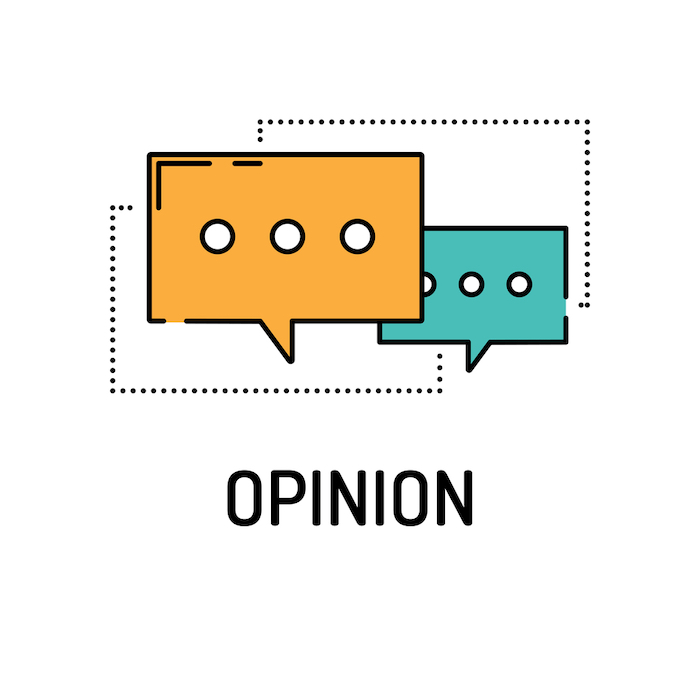Vidal Addresses USPTO’s ‘Inherited Backlog’, Which May Be at an All-Time High for Patents
“According to the Office’s recent Notice of Proposed Rulemaking (NPRM) on Setting and Adjusting Patent Fees, the present backlog is predicted to increase to 820,200 by FY 2026 before decreasing to 780,000 by FY 2029.”
U.S. Patent and Trademark Office (USPTO) Director Kathi Vidal published a Director’s blog post today addressing the Office’s current backlog of patent and trademark applications, which the latest USPTO data shows to be 785,387 unexamined applications/ 25.6 months total pendency for patents and 14.5 months total pendency for trademarks.
Vidal said in her blog post that “unpredictable macro effects, including a pandemic that had an outsized impact on our application inventories, have created an ‘inherited backlog’ of both patent and trademark applications.”
She added that the predicted slowdown in patent filings for 2020 and 2021 turned out to be “more modest and short-lived than expected” and this contributed to the backlog, since hiring targets were reduced.
According to the Office’s recent Notice of Proposed Rulemaking (NPRM) on Setting and Adjusting Patent Fees, the present backlog is predicted to increase to 820,200 by FY 2026 before decreasing to 780,000 by FY 2029. Sources have told IPWatchdog that the current 785,387 total backlog may be near or at an all-time high, though the USPTO could not confirm that by the time of publication.
Source: USPTO
Total pendency for patents as of May 2024 was 25.6 months and 20 months for a first office action.
Vidal wrote that, in response to examiner suggestions, the Office began routing patent applications in 2022 “to increase the likelihood that a patent application would be assigned to an examiner with the right technical background in the first instance,” has extended working hours, and recently secured an increase in the special rate table that applies to nearly 9,000 patent professionals. “Moreover, we made adjustments in our award structures to better attract and reward employees who make meaningful contributions to our pendency and quality goals,” wrote Vidal.
The Office also hired 644 patent examiners in FY 23 and is on target to exceed its goal of hiring 850 examiners in FY 24, she said. This push will continue through FY 25.
As for trademarks, Vidal said that during the pandemic “more people started their own companies, launched new products, increased cross-border e-commerce, and filed trademark applications to improve their brand protection.” This led to “unprecedented” application levels for those years. Additionally, some of the applications filed in 2020 and 2021 were fraudulent; the Office has since addressed this by shifting its fraud-related work to the Register Protection Office in June 2023.
Source: USPTO
In FY 23, average annual first action pendency for trademarks was 8.5 months; as of Q2 2024, first action pendency was at 8.2 months and total pendency was 14.5 months. But Vidal said in her post that “average annual first action pendency has decreased to 7.85 months and is dropping.” She attributed this to three key changes: 1) IT improvements, 2) shifting the “exceptional office action standard” from first action to final action, and 3) new incentives for first action productivity for examiners.
Total trademarks inventory as of Q2 2024 was 1,354,718.
Source: USPTO
Vidal outlined a number of other efforts the Office is undertaking to address the backlogs, including recent and upcoming IT updates. She suggested stakeholders should send ideas for reducing pendency to her directly.
In 2007, due to concerns about the USPTO backlog of 730,000 unexamined patent applications at the time, the Government Accountability Office (GAO) presented a report to Congress that found the Office’s hiring efforts were not sufficient to reduce the backlog. The backlog subsequently decreased over time, after various new approaches to hiring were implemented.
Image source: Deposit Photos
Author: iqoncept
Image ID: 88446362
Eileen McDermott
Eileen McDermott is the Editor-in-Chief of IPWatchdog.com. Eileen is a veteran IP and legal journalist, and no stranger to the intellectual property world, having held editorial and managerial positions at […see more]










